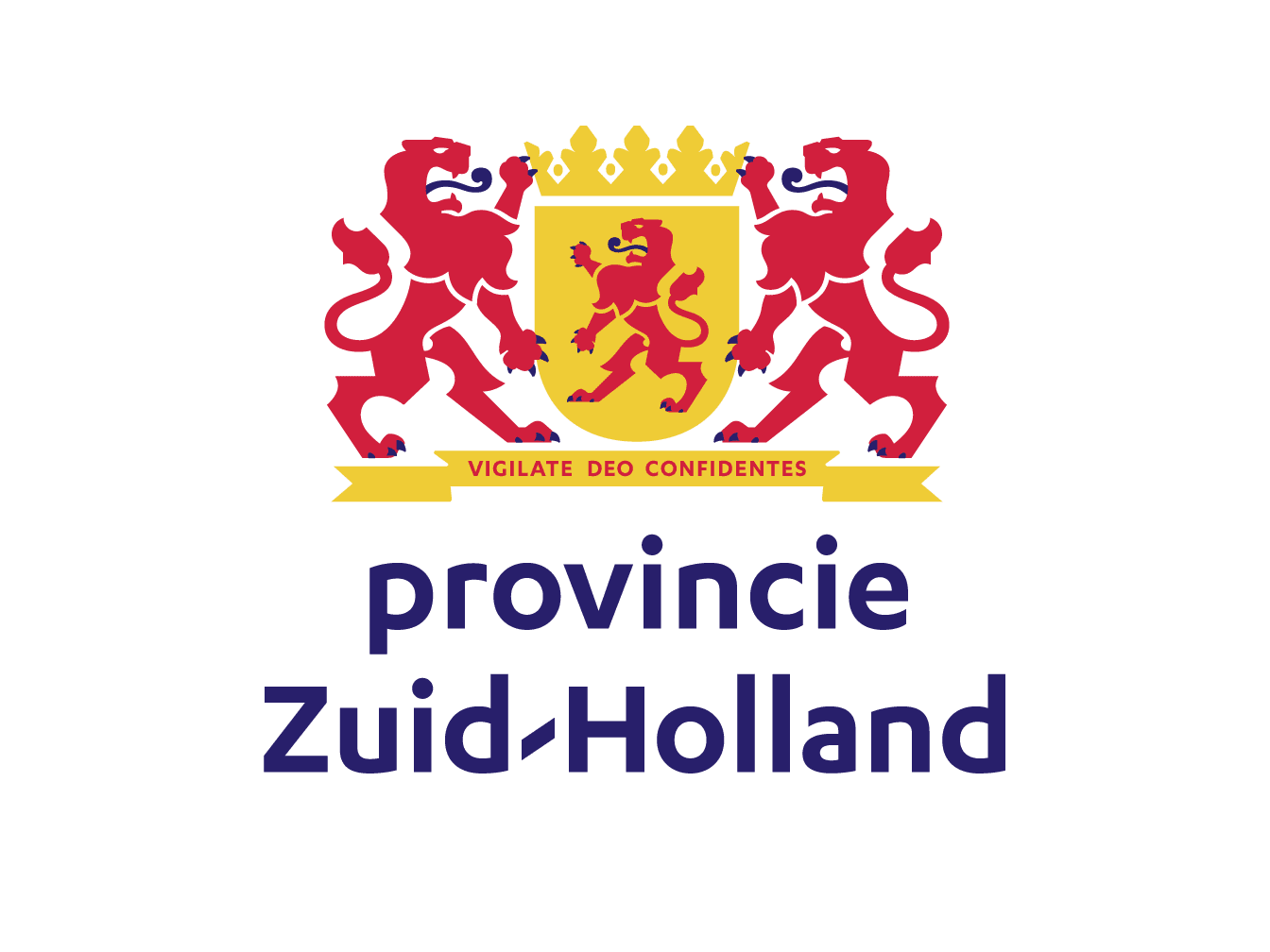Flexibility in Power Systems and Power Markets – Myth or Solution?
By: Paul Giesbertz, Director TrinSights
Moderator: Dr. Francesco Lombardi
🗓️ Date: Thursday, April 18 2024
⏰ Time:12:45 (free lunch from 12:15)
📍 Location: Lecture Hall Chip
🔗 Registration: fill in this form
The Netherlands faces a significant challenge: achieving a fully CO2-free electricity sector by 2035. Currently, electricity makes up only 18% of the country’s total energy consumption, with just half coming from renewable sources. To decarbonise sectors like industry, transportation, and buildings, the share of electricity will need to increase dramatically, placing an immense strain on the electricity grid.
“Flexibility” has become a popular buzzword in addressing this challenge. The electricity grid is already congested, and the situation is expected to worsen. Grid users are being encouraged to adapt their behaviour to alleviate congestion. But how exactly can flexibility be leveraged as a tool?
Renewable energy sources depend heavily on weather conditions, adding another layer of complexity to the energy market system. The market requires flexibility in both the short term (to address fluctuations in generation) and the long term (to manage periods of low wind and solar output with high electricity demand). Can the market incentivise the development of new flexible and CO2-free capacity, such as energy storage, demand response programs, and CO2-free dispatchable generation?
This lecture will explore the interplay between grid flexibility and market flexibility. Are grid operators competing with the market? Is the current power market design still suitable for this purpose?







